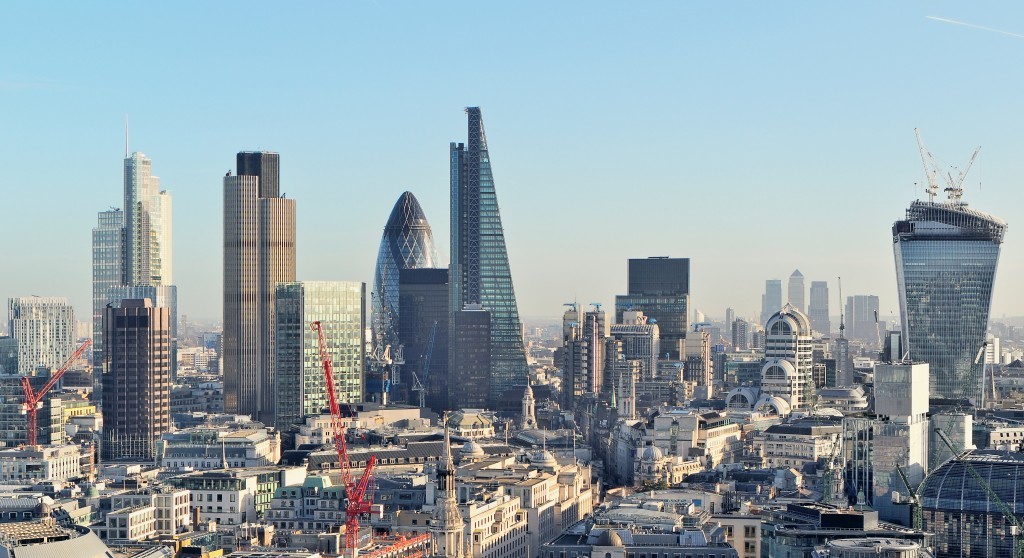
London’s carbon dioxide emissions have fallen by almost 60% during lockdown, analysis suggests.
Measurements taken at the BT Tower in the capital show significant cuts in pollution between the start of the lockdown on March 23 and the first week in May compared to the long term average for the time of year, scientists said.
Researchers from the UK Centre for Ecology and Hydrology and the University of Reading say measurements of direct carbon dioxide emissions recorded by the BT Tower Atmospheric Observatory saw a 58% reduction.
The results reveal changes in direct emissions, as opposed to estimates based on traffic and other polluting activities or atmospheric concentrations of the gas which can be affected by weather conditions, the scientists said.
The 58% drop in carbon dioxide emissions closely mirrors the daily reduction of 60% in traffic flow in central London which Transport for London recorded during the first five weeks of the UK’s lockdown.
Dr Eiko Nemitz, of the UK Centre for Ecology and Hydrology (UKCEH), said: “The 190m-tall BT Tower in central London is an excellent platform for pollution monitoring at the heart of Europe’s largest city.
“These measurements offer a unique insight into changes in fossil fuel use and carbon dioxide emissions both during the lockdown and as we gradually come out of it.
“They will also help us understand how emissions of other pollutants have changed over this unprecedented period.”
The researchers say it is hard to quickly calculate the emissions from individual sources such as vehicle traffic or gas boilers for heating buildings – as well as people breathing out the gas – particularly as sources are offset slightly by vegetation taking in carbon dioxide in parks, gardens and streets.
But Dr Nemitz said: “The fact that the reduction in carbon dioxide emissions in central London almost exactly correlates with the reduction in traffic provides further evidence that vehicle emissions are a major source of carbon dioxide in London, and that traffic is closely linked with other carbon-emitting activities such as the heating of shops and offices.”
Worldwide, pandemic lockdowns have curbed industry, transport and power use, with the International Energy Agency predicting an 8% drop in emissions this year – though they warn pollution could bounce back without action to shift to clean tech.
The short term cuts in emissions will not markedly change atmospheric concentration of the key greenhouse gas or global warming, Dr Nemitz said.
Professor Janet Barlow of the University of Reading said the longer-term impact of lockdown on emissions is difficult to predict because people’s behaviour may change as the rules are relaxed.
“Some people may prefer to use private cars rather than public transport to avoid the risk of contracting Covid-19, which may cause a fast growth of emissions that may exceed those of the pre-lockdown period.
“On the other hand, the lockdown may kick-start a new enthusiasm for walking and cycling, and some cities are now investigating measures to promote alternatives to car use.
“In addition, regular home working may remain the norm for many people,” she said.
